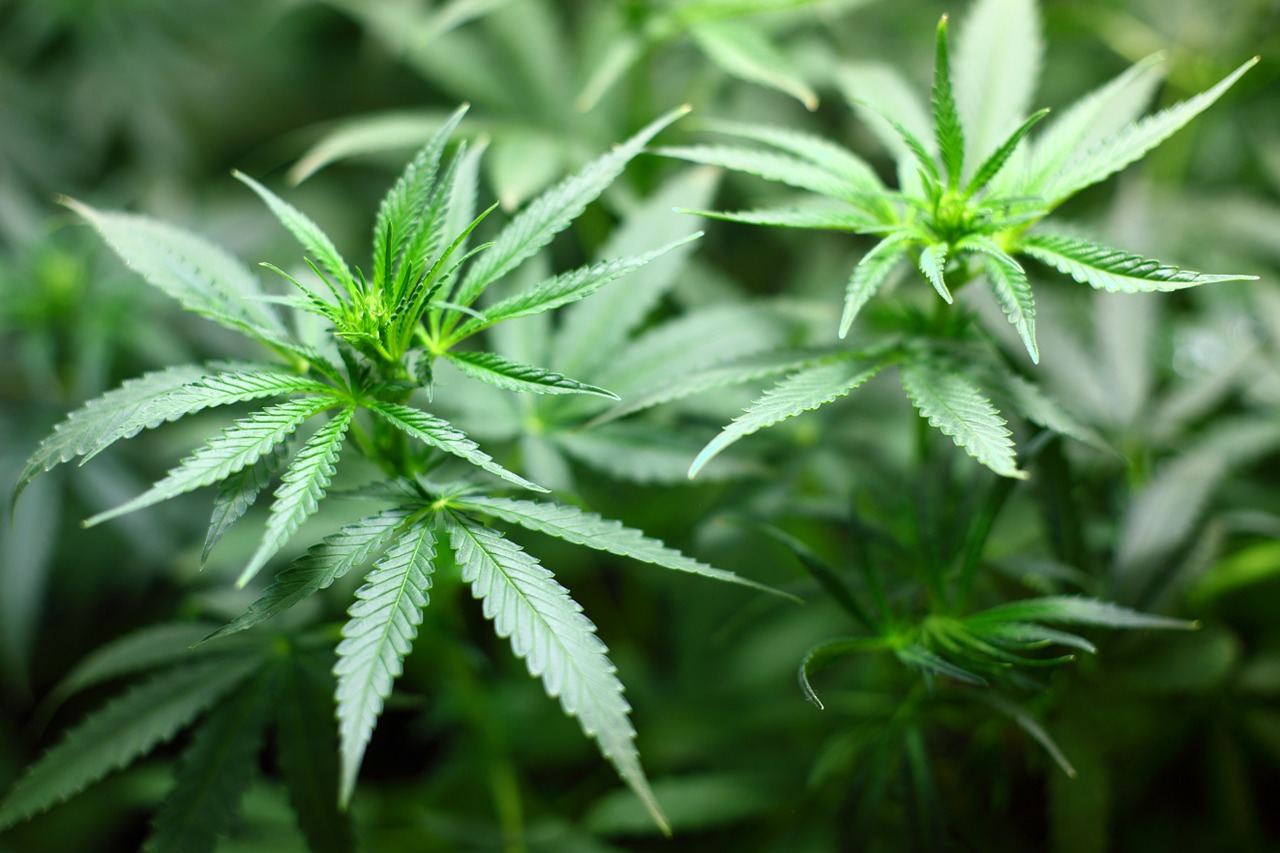
America's opioid epidemic continues to run rampant through communities across the country. As a primary medicine for pain relief, opioid medications have been the first medication choice for thousands of doctors and patients for over 20 years. However, too many of those Oxycontin™, Vicodin™, and Percocet™prescriptions have triggered addictions, which in turn drive subsequent heroin and fentanyl addictions, which in turn have resulted in thousands of unnecessary and premature deaths. While trying to stem that ugly tide, the scientific community is now looking at medical marijuana (also called cannabis) as a possible non-lethal response to the deadly opioid epidemic.
After decades of ignoring the ramifications of chronic pain, in the early 1990s, the medical community determined to treat chronic pain with the same level of attention it provides for other physical conditions. At the time, the pharmaceutical industry was introducing new cancer drugs that were highly effective in treating the unrelenting pain caused by that disease. Using the medication to treat pain caused by other types of maladies seemed reasonable, and the initial trials for treating non-cancer-related pain were very successful. Further, because there were virtually no comparable options for managing chronic pain, many patients were acquiescent to their doctor's suggestion that they try the opioid option.
The challenge presented by opioids became apparent towards the end of the 1990s as more people became addicted to the drugs and were needing ever-higher dosages to maintain their reduced pain status. Doctors were comfortable modifying prescriptions to address those patient concerns, increasing the dose contained in each pill, increasing the number of pills prescribed and increasing the frequency of prescription refills.
The medical professionals had no reason to believe that their prescriptions were creating a health hazard, however. Despite an absence of scientific proof, the pharmaceutical companies had been telling physicians that opioids had a very low incidence of addiction so prescribing them early and often was both appropriate and advisable. Use of the drugs beyond the cancer ward soon became commonplace and, by 1999, over 85% of all opioid prescriptions were for non-cancer-related pain.
While then-existing science was confident that opioid medications could achieve their stated goal - the reduction of pain from any cause - it was not so aware of the impact of opioid medications on the human brain. Opioids work by reducing the perceived intensity of pain while also triggering a euphoric state in the user. The addiction develops when the patient seeks to maintain that euphoric state by ingesting higher dosages of the drugs as their effect wears off. Not insignificantly, many opioid users develop addictions inadvertently, trusting their doctor to have their best interests in mind when prescribing them. Constant exposure to opioid medications causes a persistent alteration in the brain's chemistry that compels users to consume higher dosages more often, and in greater volume than is necessary to simply control their pain.
In short: marijuana has not been an option because it's illegal in the United States. The potential pain control properties of marijuana have been out of reach to both the general and medical public since 1937 when President FD Roosevelt made it illegal. There are several possible reasons why cannabis was out-lawed, including its effect on people who ingested or smoked it, and also perhaps because its parent plant, hemp, was a competitor for the country's cotton and paper industries. Eliminating access to hemp both eliminated marijuana as a medicine while also preserving the fortunes of the cotton industry.
Further, at the federal level, cannabis is classified as a Schedule I drug, which includes it in the class of drugs that have a "high potential for abuse" and "no currently accepted medical use." (Ironically, heroin - an illegal opioid comparable to legal opioids - is also a Schedule I drug.) As a result of this classification, there has been almost no credible recent American study on its effect on pain management.
Despite the prohibition, the fact that 34 states have legalized cannabis in some form has recently opened the doors to more research on the impact of marijuana specifically on the opioid concern. Initial studies have shown that cannabis has had a positive effect on the opioid crisis in those states where it is legalized. In April 2018, the Journal of the American Medical Association(JAMA) reviewed the results of studies focused on how marijuana impacted the opioid crisis in particular:
The JAMA editors cautioned against taking these limited studies as the final word on the effectiveness of cannabis as a response to the opioid epidemic, noting that the Medicare and Medicaid participants aren't representative of the nation's population as a whole. They encouraged more research to be done to identify exactly how (if at all) marijuana can replace opioids (thereby stemming the crisis) as a substitute for pain relief medication (assuming it works for that purpose).
Other countries that don’t have a marijuana prohibition, however, have been looking at marijuana as an option, especially in the last year.
Further, as more American states legalize it for either or both medicinal and recreational purposes, more research is developing around discovering its health-related properties and the impact it's having on states that have already legalized it:
Taking a 'do-over' with the classification of marijuana is more difficult because of the complexity of America's drug policies and practices. However, even the country's Surgeon General, Jerome Adams is now advocating for its reclassification at least regarding the opportunity to study it for its medicinal properties. As those studies clarify how and when cannabis helps or hinders a health concern, they'll also provide the foundation for the arguments in support of (and against) reclassification and potentially frame a true path to victory in the nation’s battle against the opioid epidemic.